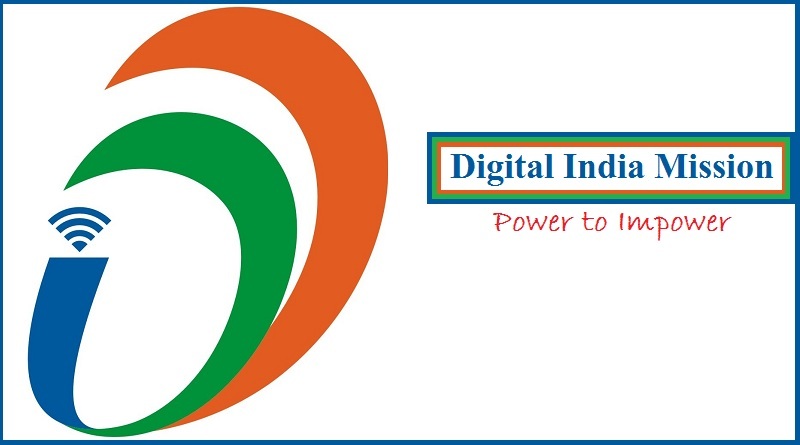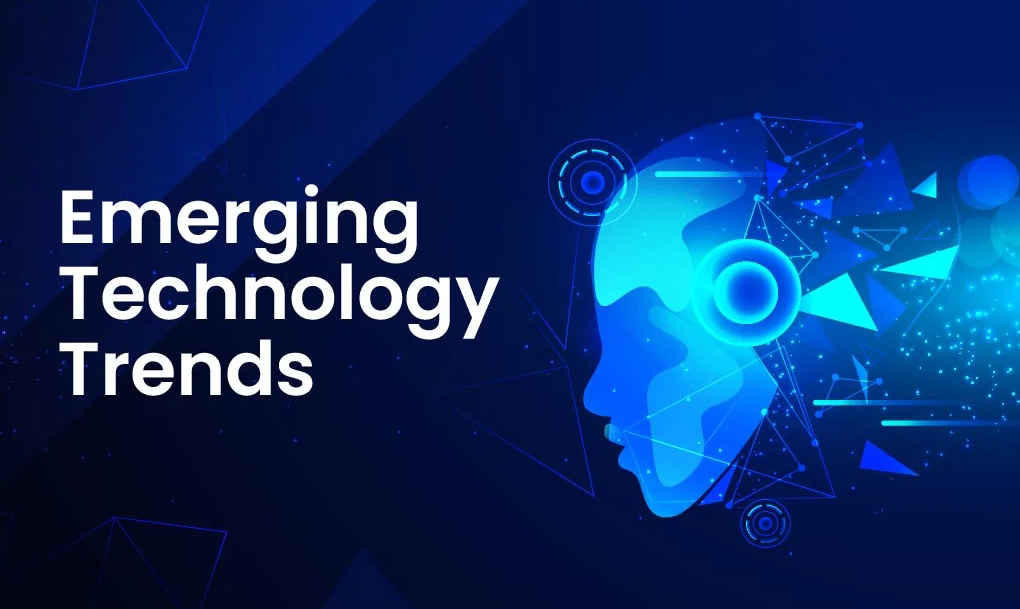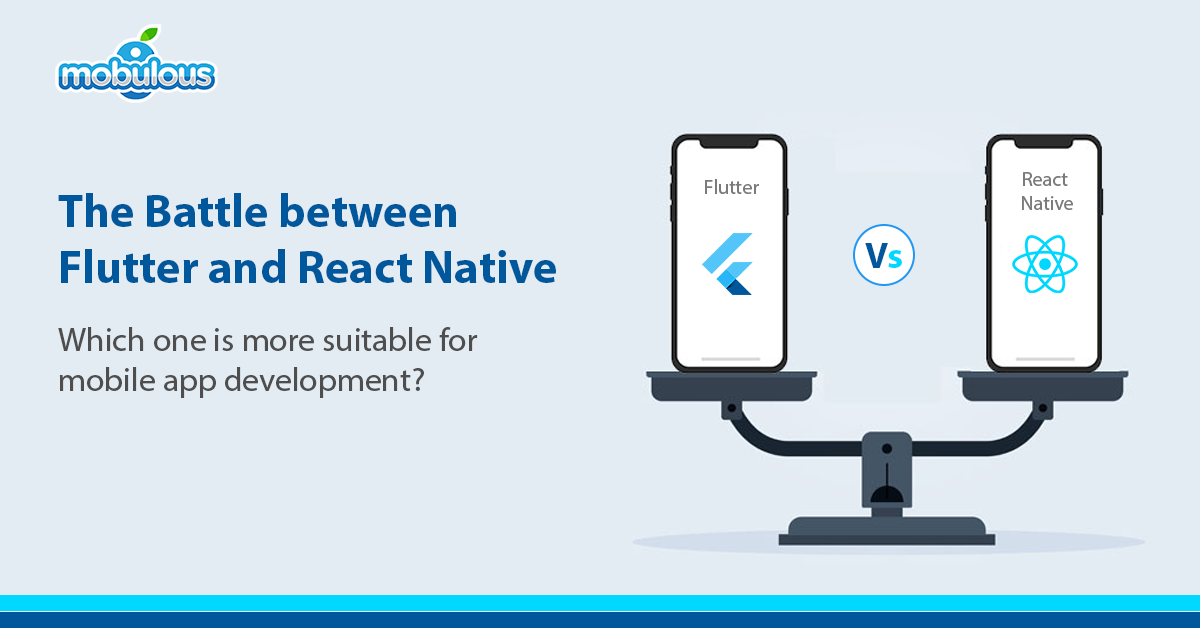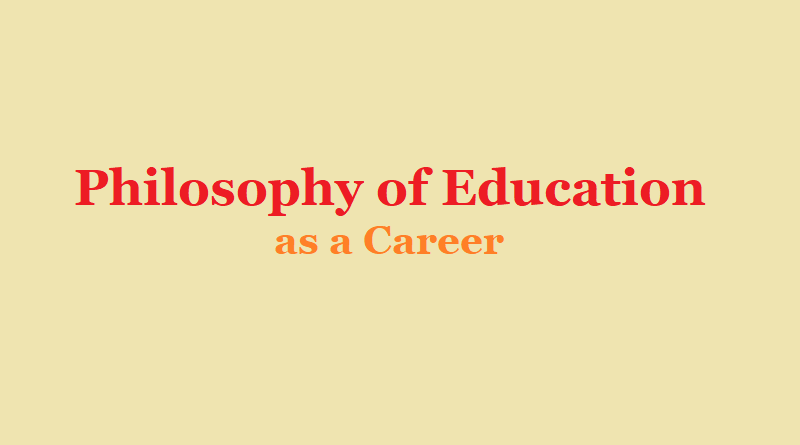Digital India Mission And Vision | Digital India Programme Project, Services, Strategy Of Digital India Scheme:
Digital India Mission
India’s digital mission and vision are one of the most interesting initiatives in the country have taken to jumping into the 21st century. What was once the vision, seeing is now the new standard: Digital India Mission is a powerful initiative of our honorable Prime Minister. The truth is that even before taking office, Prime Minister Narendra Modi, at the industry meeting, explained his “dream” of digital India: high-speed digital highway, services and access to mobile devices, cybersecurity, financial inclusiveness. Many of these ideas have been translated into reality in the past three years, but overall gains, according to industry experts are the consensus in the country today that “digital is not a playground, but a key element to make things practical and easy for the public by increasing online communication. To help the public by making them available electronically.
This step is a major boost to improving the technology curve and starts with an increased Internet connection plan in remote rural areas of the country. The campaign was launched on July 1, 2015, and has made great strides in terms of empowerment since then. Digital India Initiative aims to focus on e-governance and transform India into a digital society. It was launched in order to transform the country into a society with a digital power and a knowledge economy. Digital India Mission will guarantee citizen access to government services electronically.
India Digital Visions
There are three of India’s Digital vision
1. Digital infrastructure as a benefit to every citizen:
2. Government services and selective list:
3. Digital empowerment of citizens:
The Government of India hopes to achieve growth on several fronts with India’s digital program. Specifically, the Government highlights nine pillars of digital India that it has identified as broadband highways; universal access to the Internet; general access to the Internet; e-governance – government reform through technology; e-Kranti – e-delivery of services; Information for all; electronics manufacturing; information technology for jobs; and early harvest programs.
Digital India Project
Social sectors, such as education, health, banking and others. Citizens can not reach because of obstacles and constraints such as intermediaries, illiteracy, ignorance, poverty, lack of funds, information and investment. These challenges have led to uneven growth in rural and urban areas, with notable differences in the economic and social situation of the population in these areas. Digital India Project connects the government and the public. Government services will reach the public door at the touch of a button. Digital India Mission is very useful for settlers who settle in remote areas of the country.
This project will reduce the use of your time by providing a high-speed internet service that will allow villagers to do all the work just in one click and avoid traveling to urban office ports. The idea is to link the rural area with urban technology, as well as to provide e-services to remote villages. The focus is on providing broadband services in all villages in the country, in telemedicine and mobile health services, and in making governance more participatory. The government is trying to establish a national fiber optic network to connect 2, 50,000 grams of panchayats across the country to the Internet. Digging provides telemedicine, education, and skills through digital technology in rural India. Bharat Net’s ambitious allocation is increased to Rs. 10,000 billion by 2017-18. High-speed, high-speed fiber optic fiber will be available in more than 1.5 grams of meat from panchayats with points and access to digital services at discounted prices.
India’s digital project would be useful for providing real-time education and could partly address the challenge of teacher shortage in the education system through smart and virtual classrooms. Educate farmers, fishermen can be provided by mobile devices. A high-speed network can provide an appropriate infrastructure for online learning platforms such as open-source courses (MOCs). Mobile banking and the Internet can improve financial integration and create a win-win situation for all parts of the value chain by creating interoperable business models and revenue distribution models. It makes health services and literacy easier. Electronic hospitals, online registration, medical appointments, payment of fees, diagnostic tests, blood tests, etc. can be used. A very striking reason for India’s digital program is to provide computer functions because this program focuses on digital growth, it will also provide jobs in this field for the younger generation.
Services Of Digital India Campaign
There are many facilities offered by Digital India Campaign in India as a digital rack to keep our important online documents, e-learning for distance learning online, e-health for health reviews, online information, national grant portal, etc. From India to keep your important documents in digital mode and provide each individual safe access. Installing an electronic signature Digital signature helps in any online document by using the authentication card. These services make it easy for citizens to live a comfortable and trouble-free life. One of the most important promotions for Digital India Mission is to encourage citizens to switch to non-cash transactions over the Internet and mobile banking services. Through digital infrastructure, we mean creating an area where all registered citizens have a digital identity, which will help get government services quickly and easily. All government services such as bank account management, financial management, safe and secure e-space, education, distance learning, etc. will make their use much easier.
The Indian education sector is slowly moving towards a digital future. The typical Indian class was characterized by students sitting through the monologues of one hour. Now, technology makes life easier for students and educators. Schools increasingly rely on digital education solutions. Smart Class is essentially a digital content library rich in multimedia content mapping in 3D. ICTs can have a significant impact on our educational system. “ICTs can increase the reach of education and reduce costs.” With the growing penetration of mobile phones and Internet kiosks, in fact enormous. “Focus on mobile learning, online tutoring, digital learning resources and digital content management.
India, as a signatory to the Declaration on Sustainable Development, launched India Digital Infrastructure as a key tool, digital services on demand and digital empowerment for all citizens. All of India’s digital, ICT initiatives use ICT4D using mobile and social analysis and data collection and analysis to deliver citizen-focused services, focusing on the company and government through projects in Digital India Mission development. India is at the forefront of the digital revolution that India digital is the car.
Jan-Dhan Yojana – Financial integration of all households, public food security distribution system for all eligible households, in particular, those under the poverty line, transfer of direct benefits to all digital.
Sakacharta Abhyan (DISHA) – Digital literacy in all households, The government enables product providers and service providers to deal directly with public procurement agencies, etc. Transforming India into a digital society and a knowledge economy.
JAM, that is to say, Jan Dahan, Aadhaar and Mobile are the recipients of the digital transfer services and more than 22 billion rupees, the owners of January paint accounts there.
Sustainable development goals are broad and focused on five people – the planet, prosperity, peace, and partnership. The 2030 Agenda is a set of 17 specific goals for poverty eradication, hunger eradication, malnutrition, health and wellness, education, gender equality, water and sanitation, energy, growth, urbanization and housing, climate change, life on earth, underwater life, peace and justice, global partnerships, To be achieved by 2030.
Many projects by the Government of India are launched for Digital India Mission. Pradhan Mantri Grameen Digital Saksharta Abhiyaan is illegal to make sure that six rural people are up to about 40% of rural households covering one member of each eligible family before March 31, 2019. Pradhan Mantri Grameen Digital Saksharta Albhem PMGDISHA) is a project launched under Digital India Mission. The popularity of open online courses is popular in India.
With the advent of digital technology in India, e-learning is gaining momentum and momentum. This is the popular mix that was launched last year by Prime Minister Moody “Swayam”, the Moq platform in India. MyGov. in, is a platform to engage citizens in governance.
Digital agriculture can define as ICT ecosystems and data to support the development and provision of specific information and services (in a timely manner) to make agriculture profitable and sustainable (social, economic and environmental) and provide safe, nutritious and affordable food for all. Rural connectivity will be the key to providing low-cost data and access to information. This will enable rural youth to reach their full potential, and farmers will increase their profitability by reaching fair markets and rural businesses to provide value-added services.
Digital platforms can help farmers know (crop selection, a variety of seeds), context (climate, plant prevention, best crop practices) and market information (market price, logistics).
Strategy Of Digital India Mission
The Government of India launched the Smart Cities Mission in June 2015. Its goal is to promote sustainable and comprehensive cities that provide basic infrastructure and provide a decent quality of life for citizens, a clean and sustainable environment and a “smart” establishment. The Cabinet approved a total of 98,000 crores (15 billion US dollars) for the development of 100 smart cities and the rejuvenation of 500 others. The strategic components of regional development are the mission of smart cities to improve cities, renew cities and expand cities, as well as an initiative in which smart solutions are applied in larger parts of the city.
On October 2, 2014, the Swatch Bharat mission was launched across the country as a national movement. The campaign aims to achieve the vision of “Clean India” by October 2, 2019. In order to actively engage people in the Bharat Swash campaign, the Ministry of Culture has recently launched the application of Swat Bharat in Delhi.
Companies have a lot of data and need STRATEGIES. Important data describe a comprehensive information management strategy that includes and integrates many new data types and data management as well as traditional data. Large data are also defined by four Vs: speed, volume, variety, and value. There is an increasing demand for analytical activity because it is a combination of tools, analysis, programming, management and digital end information to develop the partnership in target markets.
Business analysis will help us to increase knowledge in the future by monitoring past data in order to better serve the customer and in a productive manner. One of the most accurate uses of the Internet is “social media”. In order to deal with citizens, exchange information and provide services more quickly and efficiently, government agencies are increasingly using social networks. In order to raise awareness and promote various e-government programs and programs in the country. The Digital India Mission Social Media Group was created in July 2014. In a short time, social networks (Facebook, Twitter, Google +, YouTube, Instagram and LinkedIn) Huge. Online Questionnaires, News, Tip Today, you know a number of other interesting activities are part of the digital content strategy developed by India.
For Electronics Technology Click Here






